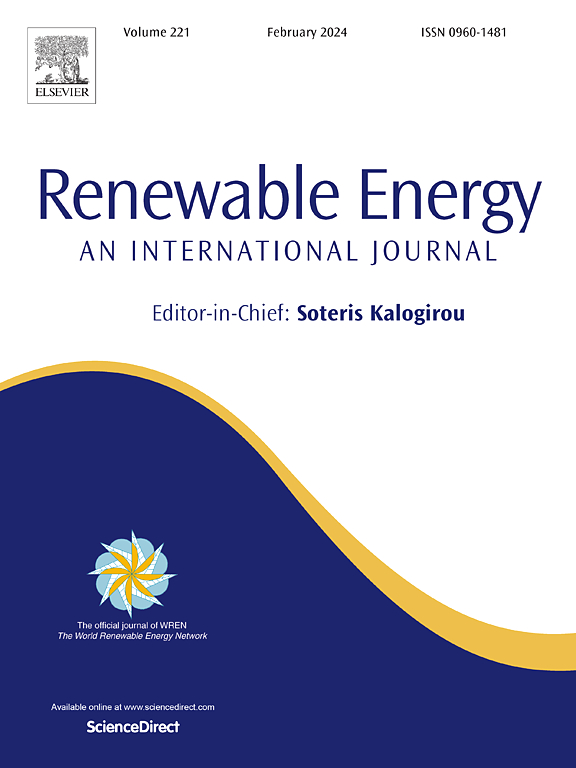Multiphysics insights into CsPbI3 perovskite photovoltaics under proton irradiation
IF 9.1
1区 工程技术
Q1 ENERGY & FUELS
引用次数: 0
Abstract
We explore the dynamic interaction between proton beams and perovskite solar cells (PSCs), investigating their radiation resistance for space applications. The study starts with the fitting of SCAPS-1D simulation data against experimentally fabricated CsPbI3-based PSCs under AM1.5 light. We systematically optimized the PSC structure by varying the CsPbI3 film's thickness, bandgap, bulk defect concentration, and operating temperature. These optimizations led to an improved efficiency from 18.21 % to 19.69 % under AM0 space illumination. Furthermore, complementary SRIM/TRIM calculations demonstrate that low-energy protons (0.05–0.1 MeV) are extensively confined within the perovskite. Such confinement the likelihood of trap-assisted recombination and reduces charge extraction efficiency. Higher-energy protons (0.5–1 MeV) proceed further into the PSC stack and deliver less damage to the perovskite but have potential long-term effects on interfaces. Using TALYS 2.0 software, we demonstrate that many stable and radioactive nuclides were created from this irradiation, but the level of activity was minimal and poses negligible effect. This integrated multiphysics framework offers a reliable methodology for designing radiation-tolerant PSCs, supporting their deployment in space-based photovoltaic (PV) systems.
质子辐照下CsPbI3钙钛矿光伏的多物理场研究
我们研究了质子束与钙钛矿太阳能电池(PSCs)之间的动态相互作用,研究了它们在空间应用中的抗辐射性能。本研究首先在AM1.5光下将SCAPS-1D模拟数据与实验制备的cspbi3基PSCs进行拟合。我们通过改变CsPbI3薄膜的厚度、带隙、体缺陷浓度和工作温度,系统地优化了PSC结构。这些优化使AM0空间照明下的效率从18.21%提高到19.69%。此外,互补的SRIM/TRIM计算表明,低能质子(0.05-0.1 MeV)被广泛地限制在钙钛矿内。这种限制降低了陷阱辅助复合的可能性,降低了电荷提取效率。高能质子(0.5-1 MeV)进一步进入PSC堆栈,对钙钛矿的破坏较小,但对界面有潜在的长期影响。使用TALYS 2.0软件,我们证明了许多稳定的放射性核素是从这种照射中产生的,但活性水平很小,影响可以忽略不计。这种集成的多物理场框架为设计耐辐射psc提供了可靠的方法,支持其在天基光伏(PV)系统中的部署。
本文章由计算机程序翻译,如有差异,请以英文原文为准。
求助全文
约1分钟内获得全文
求助全文
来源期刊

Renewable Energy
工程技术-能源与燃料
CiteScore
18.40
自引率
9.20%
发文量
1955
审稿时长
6.6 months
期刊介绍:
Renewable Energy journal is dedicated to advancing knowledge and disseminating insights on various topics and technologies within renewable energy systems and components. Our mission is to support researchers, engineers, economists, manufacturers, NGOs, associations, and societies in staying updated on new developments in their respective fields and applying alternative energy solutions to current practices.
As an international, multidisciplinary journal in renewable energy engineering and research, we strive to be a premier peer-reviewed platform and a trusted source of original research and reviews in the field of renewable energy. Join us in our endeavor to drive innovation and progress in sustainable energy solutions.
 求助内容:
求助内容: 应助结果提醒方式:
应助结果提醒方式:


